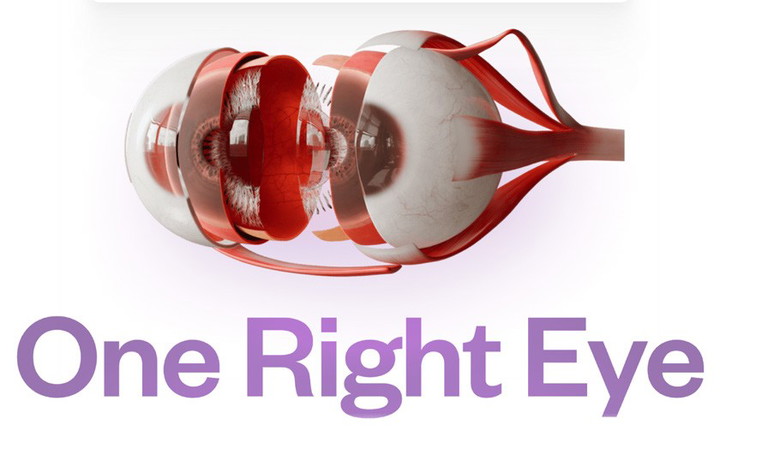Bringing Eye Health to Life
Imagine being able to see exactly what your eye doctor sees. That’s the revolutionary idea behind One Right Eye – an innovative, interactive 3D eye model created in Australia. Designed to transform patient education, this user-friendly tool helps bridge the communication gap between eye specialists and their patients.
Developed by Associate Professor Elaine Chong, Head of Ophthalmology at Royal Melbourne Hospital, and Dr Joos Meyer, an ophthalmology trainee, One Right Eye emerged from their shared frustration with outdated educational methods in clinics and hospitals. They had one simple aim: empower patients through clear, visual explanations of complex eye conditions, crossing all language barriers.
SEEING THROUGH PATIENTS’ EYES
One Right Eye provides realistic, immersive visual experiences, showing patients exactly how conditions like cataracts, glaucoma, diabetic retinopathy, macular degeneration, keratoconus, refractive error, and retinal detachment progress over time. Users can explore the eye from multiple angles – front, back, side, face up, and face down – making complicated anatomy easy to grasp. There’s even a healthy eye simulation for comparison.
One particularly valuable and impactful feature is the disease progression timeline and the firstperson view, which helps patients understand what they might see as their condition progresses. For example, the tool shows progressive glaucoma cupping on the timeline and concurrently shows how the visual fields might change as glaucoma progresses. This can be used to effectively illustrate the importance of preventing end stage glaucoma with treatment and monitoring.
“Eye diseases can be challenging to explain verbally, but they’re much easier to understand visually,” said Assoc Prof Chong. “With One Right Eye, patients immediately grasp what’s happening inside their own eyes. It makes the conversation so much easier and more meaningful.
“We built One Right Eye because we were frustrated with the status quo – plastic eye models with parts that often go missing.
Now, with just a few clicks, patients can see exactly what we’re talking about – and that clarity helps everyone,” said Dr Meyer.
BUILT FOR REAL CLINICS
In a recent survey at Royal Melbourne Hospital, consults using One Right Eye showed improved patient satisfaction and understanding. “I use One Right Eye daily in my clinics. This visual platform significantly enhances doctor-patient communication, directly addressing patient concerns in an intuitive, visual manner. As an unexpected benefit, it has also notably reduced my consultation times,” said Assoc Prof Chong.
One patient observed, “The graphics blew my mind, I understood it instinctively and easily when I was shown my condition (on One Right Eye).”
GROWING TOGETHER FOR BETTER VISION
But the journey doesn’t stop here. Assoc Prof Chong and Dr Meyer are passionate about evolving the tool further. Teaming up with Retina Australia and the Centre for Eye Research Australia (CERA), they’re expanding One Right Eye to include simulations for rare inherited retinal diseases like Stargardt disease and retinitis pigmentosa.
One Right Eye is free and available online. Healthcare professionals who want to contribute to the evolution of One Right Eye can connect with the founders via CERA, to explore collaboration opportunities.
Supported by grants from Telematics and the CERA, One Right Eye is set to transform eye care conversations across Australia and internationally.
Visit: onerighteye.com.
